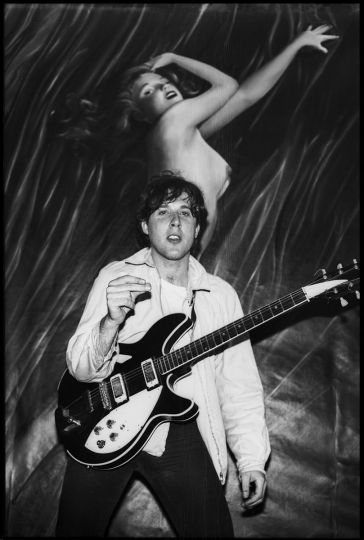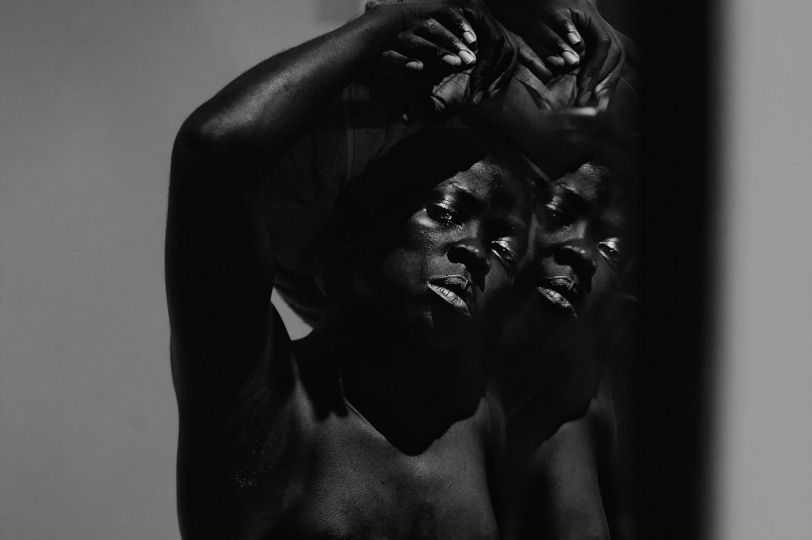“A Falling Off Place: The Transformation of Lower Manhattan” (Fordham University Press) is a new book by photographer Barbara Mensch that captures the transformation of the waterfront area of Lower Manhattan, now known as the South Street Seaport neighborhood of New York City, from the 1980s through Sept. 11th and beyond.
Once a no-man’s land that was ruled by powerful crime families who controlled the piers, the area began to change in the 1980s, as Mayor Ed Koch and a young Rudy Giuliani, who was then the federal prosecutor for the Southern District Court of New York, began working to get rid of the crime family’s control of the waterfront, clearing the way for the area’s old buildings to be torn down and replaced by luxury housing and shopping.
And after the seminal moment of Sept. 11, 2001, the area was rebuilt even more, erasing almost all of what remained of Lower Manhattan’s working-class past.
Mensch, a prominent photographer whose photos have been included in a collection at MoMA, and whose work has been exhibited at the Museum of the City of New York, the Brooklyn Museum of Art, and other locations, has been living in and photographing the South Street Seaport neighborhood for more than 40 years.
She began by documenting the laborers at the Fulton Fish Market in the 1980s — a dangerous task, especially for a woman.
“My early attempts to capture this vibrant workingman’s culture were futile. I began my work against a barrage of investigations by the FBI and local law enforcement into criminal activities at the Fulton Market. I was considered to be a government agent and was continually intimidated… to put it mildly,” she says.
But Mensch eventually became accepted into the fabric of the market and continued to capture life both there and throughout the neighborhood over the years.
“I would shoot ruins of buildings, the demolition of famous waterfront saloons, ancient alleyways, and in some cases, 19th-century buildings destroyed by mysterious fires. There were images of floods and other calamities, catastrophes in lower Manhattan, culminating with 9/11,” Mensch says. “These photos captured what had been, what no longer exists. They served as my visual timeline. What did the passage of the many decades reveal to me? What dynamics were in my images of the same streets I repeatedly walked for years?”
When selecting photos for this book, Mensch says she wanted to try to document the confluence of government and corporate influences that drove out the market to reclaim the precious real estate below the Brooklyn Bridge.
The book includes three chapters — one for the 1980s, one for the 1990s, one for the 2000s and beyond — as well as a final section that includes an interview with an insider privy to the mafia leadership of the market during Giuliani’s opportunistic crusade against them in the 1980s.
1980s: In this chapter, Mensch’s photos document those who made a living at the waterfront, including the generations of immigrants and their children pursuing a gritty American Dream next to the Brooklyn Bridge.
1990s: Photos from the 1990s present images of floods and fires that paralyzed the area juxtaposed with continued bulldozing to clear the way for luxury housing. Politics reshaped Manhattan’s skyline by encouraging new commercial shopping, food, and restaurant destinations. This restructuring marked the beginning of the end of Downtown’s blue-collar origins and white-collar replacement, challenging us to ask, “What was lost?”
New Millenium: In this section, Mensch’s photos capture the terrorist attacks of Sept. 11 and their aftermath, Downtown’s rebirth as a global economic engine, and the final days of the Fulton Fish Market, which closed in 2005.
Barbara Mensch : A Falling Off Place : The Transformation of Lower Manhattan
Foreword by Dan Barry
Page Count: 116
Illustrations: 94 b/w illustrations
ISBN: 9781531504397
















